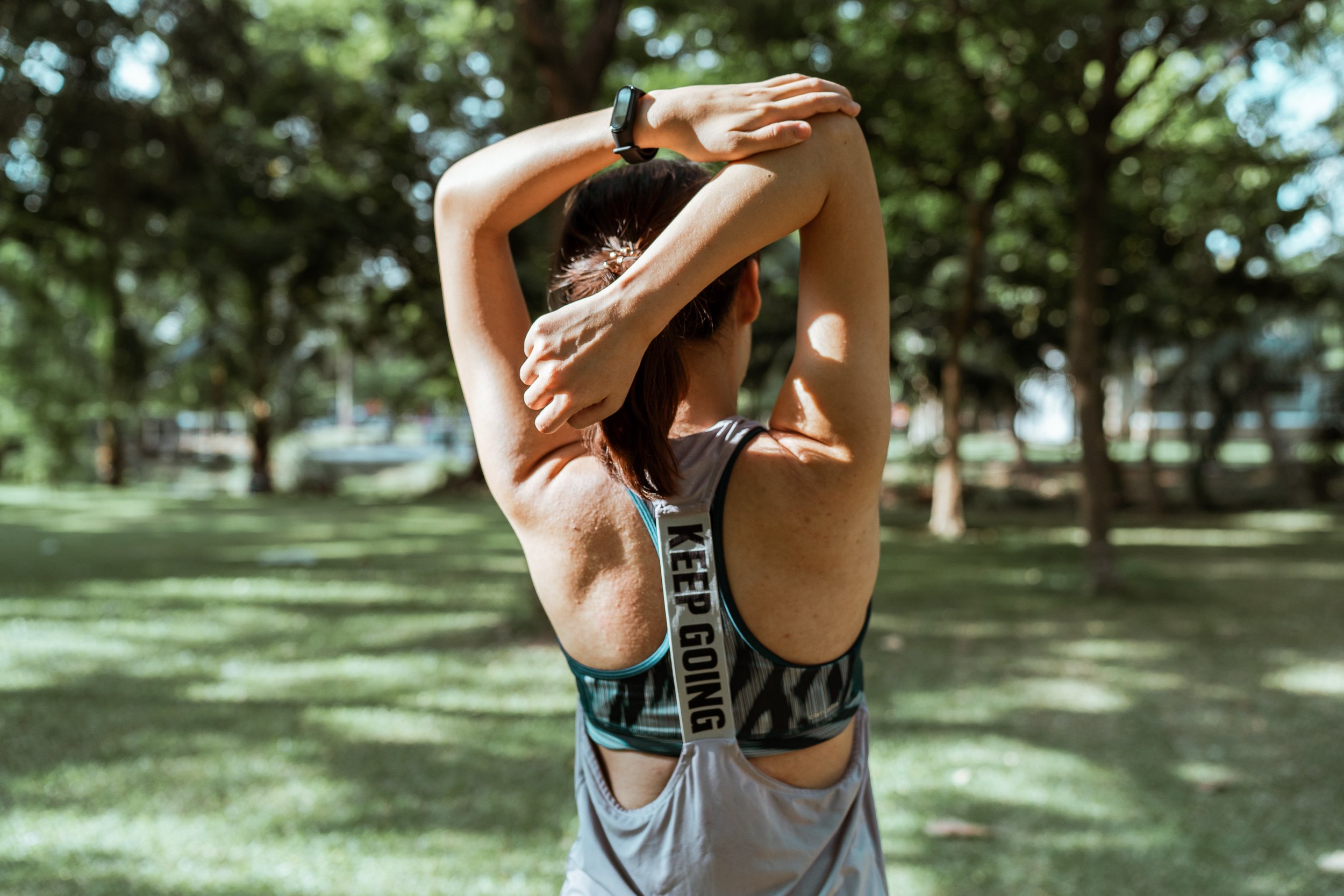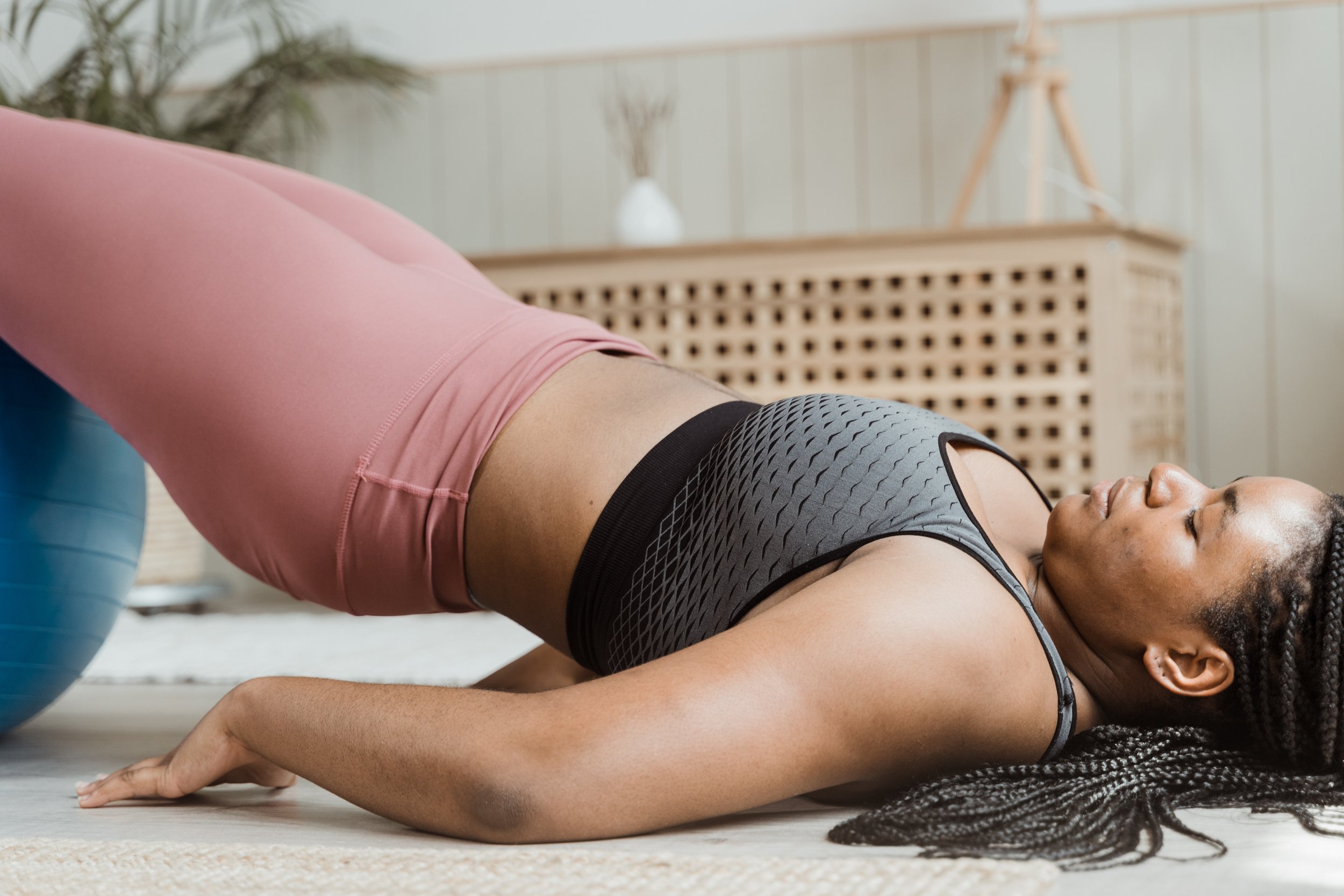Sore today, strong tomorrow?
SORENESS!
we love it. we hate it. But do we understand it?
I get the texts and see the Instagram posts…
You are so sore you can’t even sit down! AND IT’S AWESOME.
You are so sore and can’t even sit down! And now you are going to skip your class or training session because you are in so much goddamn pain.
You are not sore at all. And therefore you will never attend that class or do that workout again because obviously it was ineffective.
We have A LOT of feelings about being sore, and perceptions as to what this soreness means for us and the productivity of our strength-training workouts.
Are we right to live by these feelings? Let’s explore…
What is soreness?
When Ladies Who Lift talks about muscle soreness, we are talking about delayed onset muscle soreness, or DOMS. This delayed onset muscle soreness usually occurs 12-72 hours after the given activity, which is why you generally feel great right after your strength-training workout, but find it hard to sit on the toilet the next morning.
It has been generally agreed upon that what causes DOMS are the small scale damages or microtraumas that happen to muscle fibers during exercise. The greatest things that cause this damage are movements that involve shock absorption (think jump lunges), new movements or loads introduced to the body, and emphasized eccentrics of a lift (the lengthening phase, think tempo squats).
…SO YOU’RE SUPER SORE, THAT MUST MEAN YOU GOT A GOOD WORKOUT IN, RIGHT?
Let’s start by thinking about the times in your life when you were the most sore. Maybe it was after your first official leg day, the time you got 135 lbs up for the first time, right after you came back from a long, inactive vacation, or your first Ladies Who Lift strength-training class. Whether you loved it or hated it, you were sore these times because you were introducing or reintroducing new stimulus to your body, or finally activating and using these muscles in their full ranges and with proper form. This doesn’t mean that you were necessarily stimulating more muscle growth than your 7th Ladies Who Lift class or you 100th leg day (unless this was indeed your first time ever executing with proper form), it just means that at that time your body was not used to handling that physical stress.
As you strength-train more, get stronger, and become more consistent with your workouts, your body is going to adapt. It will get used to the stimulus you are putting onto it and will tolerate it better, in turn, making it so you do not feel as sore. Your body has become used to handling the physical stress you are putting on it, and while you aren’t feeling the same type of soreness as before, don’t let this trick you, you are still stimulating and growing your muscles!
with that said…. You shouldn’t feel nothing
As mentioned, more sore doesn’t equal more or better gains, and I definitely don’t recommend continuously doing more more more, harder harder harder, just for the sake of chasing that same sore feeling you got your first week on a new strength-training program or after your first hard workout.
In the same way that I want you to feel your hamstrings and glutes during our RDLs, or your lats when we do a bent over row, you should be able to know what muscles were worked the day after in some sense. Maybe that muscle looks a little more “pumped” or feels a little more dense.
If you feeling nothing after your strength-training workouts, or alternatively are only feeling exhaustion and depletion, it’s time to take a look at what you’re doing.
Are you performing everything with good form and getting into full range of motion? Are you actively bringing tension into your body as you move? Or are you limp and being too ballistic in your movements? Have you been doing the same exact strength-training program for weeks on end? Have you changed up your weights and tempos?
Strength training isn’t just about ‘getting the work in” it is about paying attention to what you are doing, understanding why you are doing it, and listening and learning from your body enough to know when something is wrong, needs to be changed, or that your body is no longer responding.
But what if I am so sore… like really really really sore?
Being too sore is a thing. If you are too sore to get down into a full squat, or even half squat position, and soreness is getting in the way of your mobility and strength, and therefore the capacity of your workout-this could be a problem. You should not be so sore from a strength training workout done on a Sunday that you quite literally cannot move properly or workout until the next Sunday.
So what should you do?
Know that consistency in your strength training routine will help for this not to happen time and time again. But Rae! How am I supposed to be consistent if I can’t even move!?
Get better at recovering.
You don’t have to do anything crazy like ice baths or cryotherapy..think bigger picture
Get your body moving in moderately active ways. Take a bike ride or a walk, anything to get blood flow going to your muscles that are sore helps those muscles to recover faster.
Work on your dynamic mobility and deep stretches.
Eat an adequate amount of protein and drinks lots of water.
GET LOTS OF SLEEP
If you have full mobility, and your soreness is just leaving you slightly stiff feeling, you are good to workout! It may even help your muscles to recover faster!
TRY THIS!
LWL DYNAMIC STRETCH SERIES
THESE ARE GREAT TO DO BEFORE OR AFTER YOUR STRENGTH-TRAINING WORKOUT, OR EVEN WHILE CATCHING UP ON YOUR FAVORITE TV SHOW!





